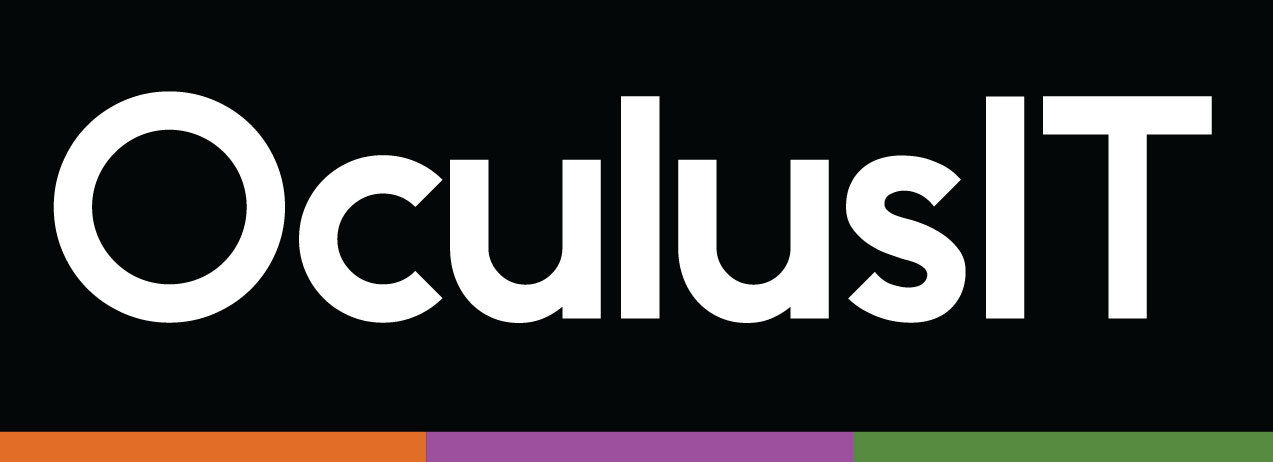Top 5 Strategies for Making IT Affordable for Higher Education Institutions
Higher Education Affordability has been on the top 10 IT issues and concerns in the EDUCAUSE list for the last three years. Higher education institutions must find the right balance between IT priorities and budgets to ensure technological innovation and efficiency. To balance new requirements with limited resources, CIOs must chalk out strategies to make IT affordable for colleges and universities.
As any other field of research, higher education requires critical detailing for organizing and safeguarding data. Campuses are eager to use and share the latest technologies with their students and staff to generate the best academic results. Here are the top 5 strategies that CIOs must follow to enhance the technology models at colleges and universities affordably:
- Say Goodbye to Legacy Platforms
One of the biggest drivers of high costs in managing IT are legacy platforms and inefficient technical operations. Some of these are extremely traditional and expensive to maintain. To make IT adoption affordable, higher education leadership must minimize the dependency on legacy platforms and introduce latest technologies to modernize IT operations.
- The Cloud is the Future
With budget cuts and limited public funding, higher education institutions are under pressure to be efficient without sacrificing quality. Cloud technology helps them strike that balance. It empowers the administrative and IT departments to focus on operational efficiency and personalized student experiences. Along with meeting digital demands, the Cloud ensures a competitive advantage over other institutions dependent on traditional technologies.
- Scale or Fail – Reimagine Campus Operations
Scaling has been a critical challenge for most colleges and universities. Be it building physical infrastructure to accommodate students needs or technical infrastructure for better administration, campus operations require an intensive overhaul. Campuses need to rethink their operation strategy for admissions, record keeping, billing, compliance, human resources, payroll, facilities management etc. Through new business models and cloud-based technology, campuses can dramatically reduce operational costs and introduce processes that suit their tech-savvy learners.
- Outsource your IT Loads – Managed IT Services
As IT budgets tighten, colleges and universities must identify those services that can be outsourced to expert IT services providers. This would ease down the alarming expenses of hiring permanent on-site resources. An experienced off-site IT team not only becomes an extension of your in-house team but allows them to focus on their core operational roles.
- Adoption Strategy for BYOD
The Bring Your Own Device (BYOD) strategy provides fast and reliable access to latest information to learners, on the devices of their choice. BYOD adoption in colleges and universities can help optimize infrastructure costs drastically. The decision-makers must ensure that campus networks have excellent bandwidth, adaptive multi-factor authentication (MFA) and VLANs to mitigate security risks and are compliant with data privacy laws.
Technology is the most innovative disruptor for higher education today. With today’s student population, campus decision makers can no longer set institutional priorities without accounting for technological needs. The higher education leadership must help colleges and universities flourish on the latest sustainable technology that is efficient, cost-effective and reliable.
Joseph Redwine
About the Author
Joseph Redwine is the President at OculusIT. He has over 30 years of senior executive experience in the higher education sector. Joe entered the higher education services industry because of his passion to serve and support the mission of higher education and its service to students. Joe also has a record of service to the nation. He has served as the CIO for the Florida Air National Guard and as the strategic advisor for continuous improvement of its command, control, communications, and intelligence capabilities. Joe honorably retired as a Lieutenant Colonel from the United States Air Force and Air National Guard.

